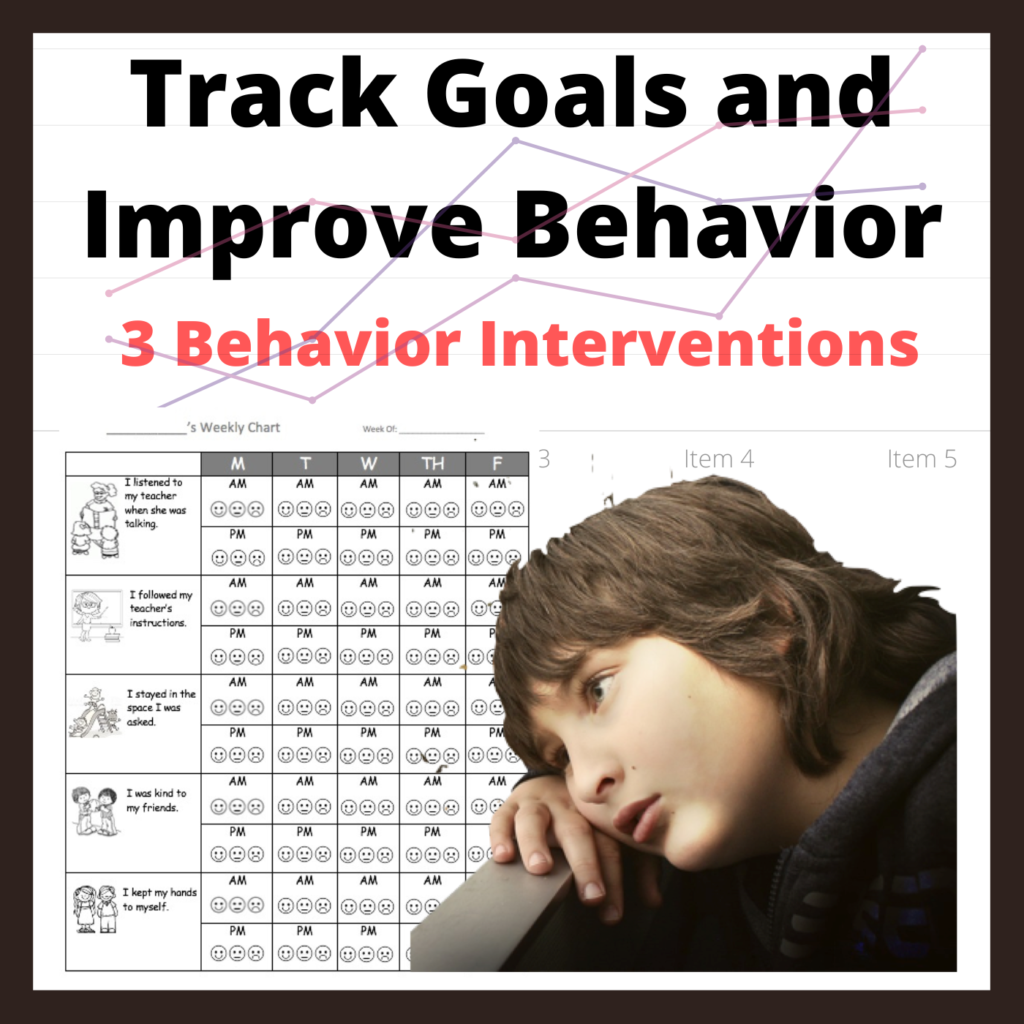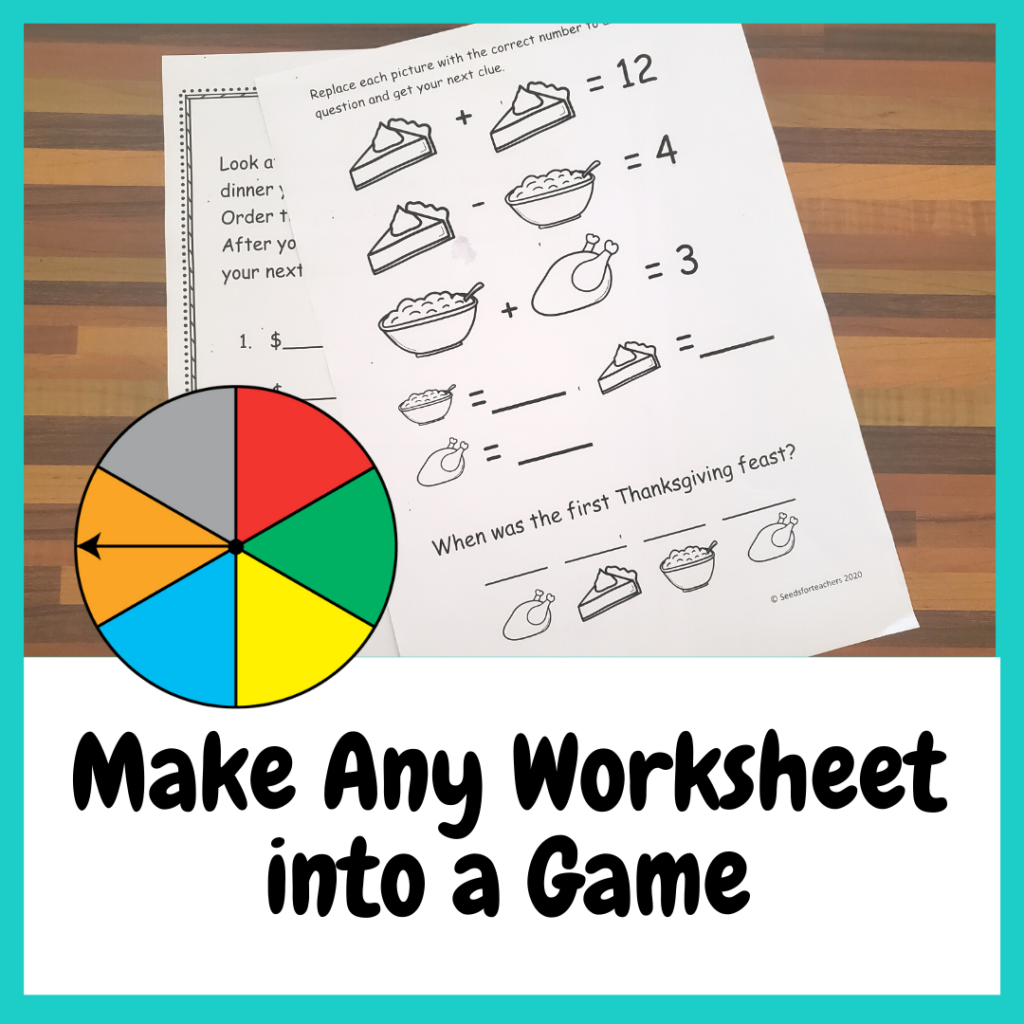Setting high expectations for students is a cornerstone of effective teaching and a key driver of student success. When teachers set high standards for their students, they send a powerful message that they believe in their students’ abilities to achieve great things. This belief can motivate students to push themselves beyond their perceived limits, leading to increased academic achievement, improved self-confidence, and better preparation for future challenges. In this post, I’ve explained five different strategies from the Teach Like A Champion book that teachers can use to effectively implement this practice in their classrooms.
1. No Opting Out.
Teachers with high expectations don’t accept “I don’t know,” but expect students to be engaged and attempt a question or task. A couple things I do sometimes if I ask a question and the student I called on says “I don’t know” I might ask him/her to ask the people at their table for some help. While the student is trying to get the answer from their friend, others in the classroom also turn and talk to their neighbor about what they think the answer is. After a minute or two I again, ask that same student what they think the answer is now. Another strategy I use is just telling the student I will come back to them after they think about it for a little while. This works particularly well for students who seem to have “forgotten” their answer by the time I call on them.
2. Right is Right.
This technique accepts no half-answers but asks for complete and correct answers to questions. Sometimes when I’m observing an educator in their classroom, it seems like the teacher isn’t even really listening to what the student’s answer or comment it. The child may have said something totally unrelated to the question, or completely wrong and the teacher responds “Ok, thanks” or “Yeah, good”. We have to stop doing this! I think often times we fear discouraging children when we don’t praise their answers like this. However, there are ways to respond to an incorrect or incomplete answer that still encourages the child. You could say “Tell me more” or “That’s not quite the answer I’m looking for” or “That’s a good try but there’s something missing, who can tell me what ________ missed in their answer?”. These type of responses value the child’s effort but maintain high expectations and let’s them know their answer just wasn’t completely correct.
3. Stretch It.
This technique pushes a teacher to take correct answers and ask students to add depth or nuance to their answers. It can be used as a simple differentiated instructional strategy by tailoring questions to meet students where they are and push them to the next level.
I think the concept of stretching it can be seen a different way as well. I remember at a conference, a speaker was talking about the importance of wait time. Usually we think about providing wait time right after you ask a question, before you ask for the answer. But, a teacher should also provide wait time before he/she responds after the student answers. Instead of the child making a statement and immediately the teacher responds “yes, that’s right” the teacher waits. The teacher is quiet! The child will begin to add more to his answer and explain deeper as the teacher continues to wait.
4. Format Matters.
High expectations also means only accepting students answers in complete sentence with good grammar. I know teachers who teach their learners to repeat part of the question back in their answer. Other teachers train their students to use words such as “I think” or “I believe” if they are not totally sure if their answer is correct. Expecting students to answer in complete sentences is important for oral and written work.
5. Do It Again.
Repetition is one way to be sure that students understand what you expect and that it is done to your standards. If they didn’t do the assignment correctly or didn’t turn it in neatly you don’t have to accept it. Have them go back and do it again. I know they will argue and sometimes it feels like a hassle, but if you don’t show your high expectations they will just continue turning in pour quality work. My students know that everything they turn in should be in their best handwriting, neat and thorough answers. I don’t accept work on paper that is wadded up, torn or has juice spilled on it. Setting these standards helps them realize that their work has value and should be presented as such.
Using these six strategies will greatly elevate the standards in your class and show students that you expect a lot from them. Believe me they will amaze you at what they can do if you raise your standards for them!
Check out these other posts you might like:



